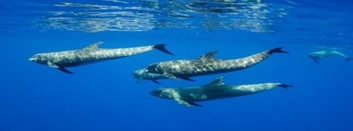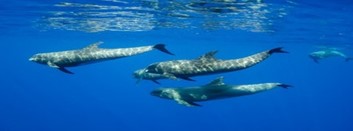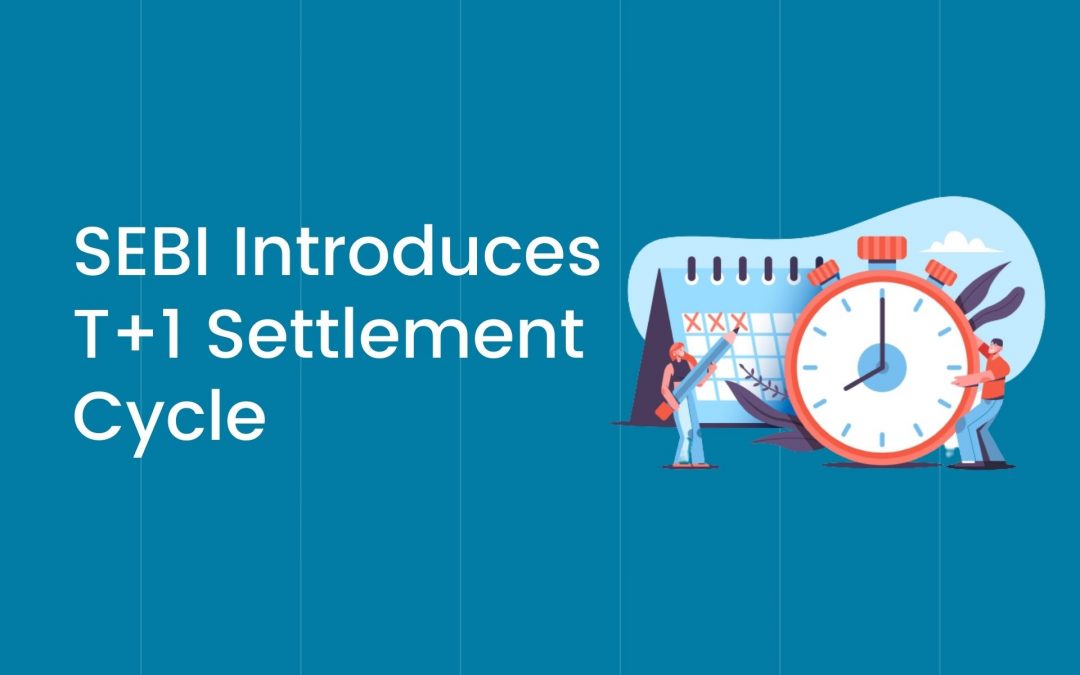Why Ocean Rewilding is in news?

United Nations Framework Convention on Climate Change of United Nations is to host the COP26 in Glasgow. It will bring together parties to accelerate goals of Paris Agreement and
Ocean Rewilding is expected to be debated in COP26. A network of 68 European organisations are working together to find ways to reinvigorate the marine life of the earth.
What is Ocean Rewilding ?

-Rewilding is restoring to its natural uncultivated state.
-This is done by introducing animal or plant species that have been exterminated (destroyed completely) or driven out in a region.
-Ocean rewilding is introducing plant and animal life in the oceans and allowing them to grow without human interferences.
Why is Ocean rewilding important?
- Blue carbon is the term for carbon captured by the coastal systems and oceans.
-Today the oceans have lost their capabilities to store blue carbon.
-The annual carbon sequestration rate for mangrove forests is four times greater than that of a tropical forest!
-Ocean rewilding will improve the Blue carbon capacities of Ocean.
- Ocean rewilding will help to protect Bipdiversity and Climate change .
-Bio Restore Project under Ocean Rewilding project started by France in 2012will help to restore the coastal fish population.
Differences between Rewilding and Restoration ?
Rewilding and restoring both have their places in biodiversity conservation. But here are some differences between them-
- The rewilding promots reorganization and redevelopment of the ecosystem under changing environmental conditions.
-If environmental conditions have changed so significantly that a regime shift is inevitable, then rewilding can facilitate the development of a novel ecosystem to sustain the provision of ecosystem services
-While the focus of Restoration ecology is to return an ecosystem to as close to its former state as is possible after a major disturbance, by directly reinstating it on the ‘foreloop' of the adaptive cycle.
-In each case, their respective merits should be weighed in relation to stakeholder priorities, prevailing and predicted environmental conditions, the level of biological organization targeted for management, and existing and future management capacity.
It depeds on situations that an ecologically degraded landscape might be a candidate for restoration, or rewilding .




.jpg)
.jpg)
.jpg)
.jpg)
.jpg)


 national.jpg)


